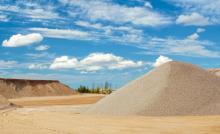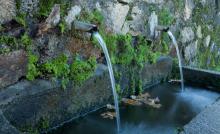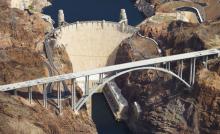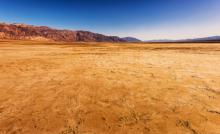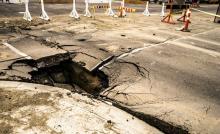The Exploration Of Aggregate Materials Using Geotechnical Techniques
Aggregate materials—like sand, gravel, crushed stone, slag, and recycled concrete—provide bulk and strength to concrete or asphalt. Large aggregate quarries and sand and gravel pits are located around most populated areas because of the high cost of transporting aggregate. (In fact, the cost of transportation from the mine to the consumer may even be higher than the actual cost of the aggregate.)
There are many different types of aggregate materials found in various geographic locations:

